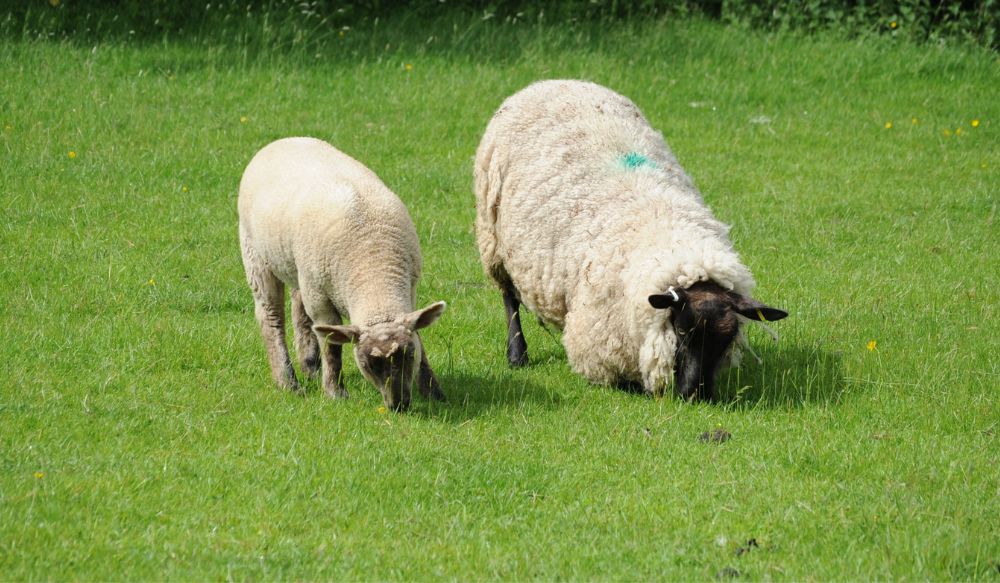Lameness spreads within families of sheep in spring
Tuesday, 2 April 2024
Have you noticed that relatives of lame sheep often become lame as well? Below, vet Professor Laura Green OBE explains the evidence for this and how you can use this knowledge to your advantage.
Footrot
Most lameness in ewes and lambs in England is caused by footrot (including scald). Footrot is a bacterial disease that spreads through contaminated pasture or bedding.
The contamination is patchy: imagine a footprint from a diseased foot on a patch of grass. That patch of grass is infectious, while a patch without a recent footprint from a diseased foot is not.
Whether a sheep becomes lame depends on whether it stands on infected grass. That’s why high stocking densities increase the spread of footrot and scald – sheep are more likely to stand on each other’s footprints than when stocking densities are low.
It’s also likely that sheep spend more time with some sheep than others. For example, a dam and her lambs are likely to spend more time with each other than with non-family members.
Social behaviour and the spread of lameness among sheep
We recently researched how much time ewes and lambs spend with their families compared to other sheep. The work was carried out by the universities of Warwick and Exeter, funded through a BBSRC studentship supported by AHDB.
We attached sensors to ewes and lambs and recorded how much time they spent within 1.5 metres of another sheep each day. We also recorded which sheep were lame at the start of the study and which sheep became lame during the study. Lambs were aged 5–27 days at the start of the study and we monitored them for a two-week period.
Sheep spent by far the most time with other members of their family. Single lambs spent longer with dams than twin lambs, and single male lambs spent more time with dams than single female lambs. Twin lambs spent the most time with each other.
During the two-week study, the number of lame sheep increased. About 15% of lameness spread within families, with both dams and lambs infecting each other. Single lambs were more likely to become lame than twin lambs, possibly because they spent more time with their dams.
This information highlights that when ewes or lambs become lame, other members of the same family might be incubating footrot (it takes 7-10 days to develop). Once one sheep is lame, separating the whole family from the flock for treatment, until recovered, is likely to reduce the spread of footrot to other members of the flock.
Explore the research in more detail
Best practice
Drawing on the findings of this research, along with her experience in the field, Prof Green says:
“The best treatment for footrot and scald is an injection of long-acting tetracycline and spray to all four feet, with no foot trimming within three days of them becoming lame.
“Moving lame sheep to a separate group from the main flock is highly effective at reducing spread of footrot and scald in the main flock.
“In spring, separating families with one lame sheep will help prevent outbreaks of scald in lambs, which are difficult to manage and can slow growth rates.
“Lame sheep will be in pain; you may wish to consider pain relief to aid recovery.”
Your vet will be able to help ensure you correctly identify the cause of lameness so you can provide the most appropriate treatment and pain relief.
Talk to them about taking advantage of a fully funded vet visit through the Animal Health and Welfare Pathway, which could be used to review management of flock lameness or lamb performance.
 Prof Laura Green OBE
Prof Laura Green OBE
Further guidance
How to manage footrot in your flock
Identifying six common causes of lameness

